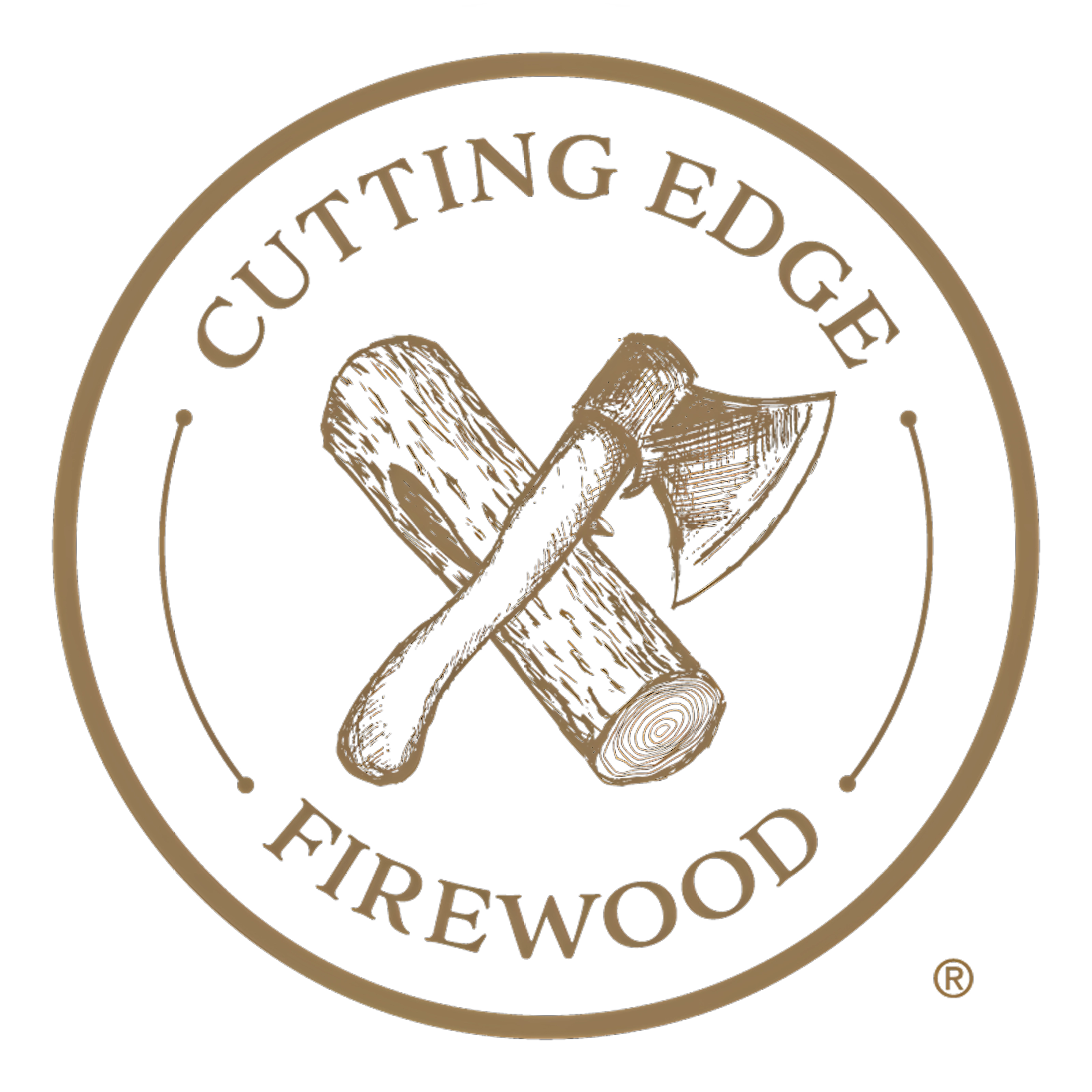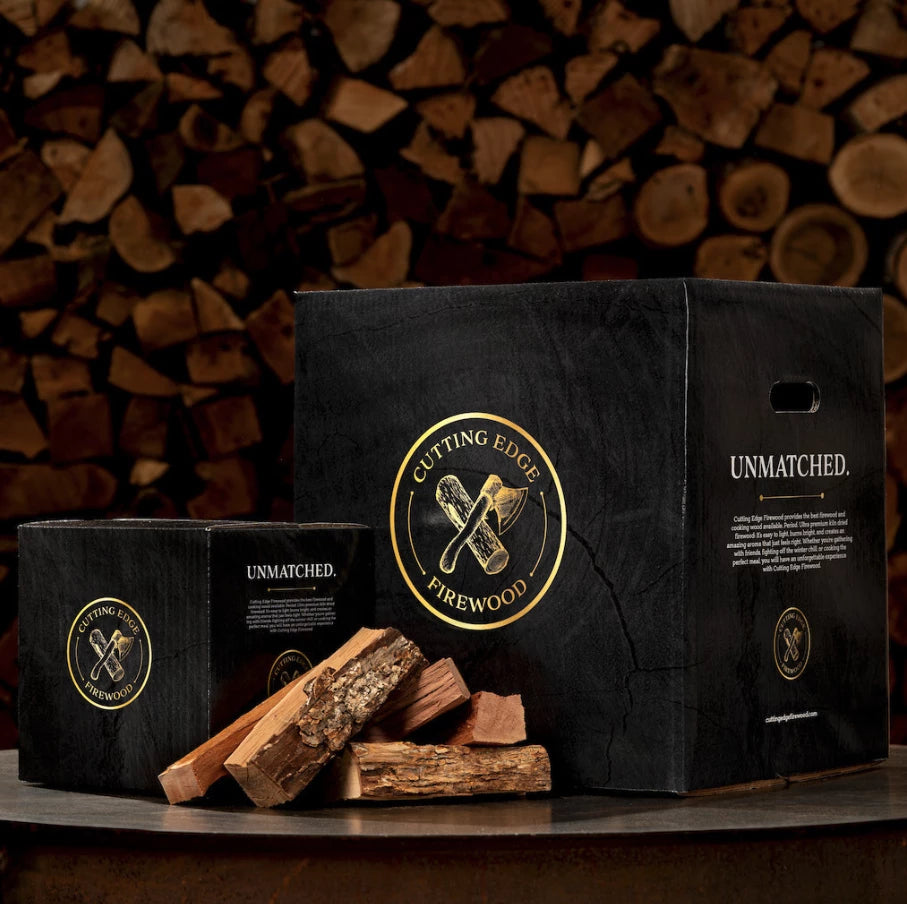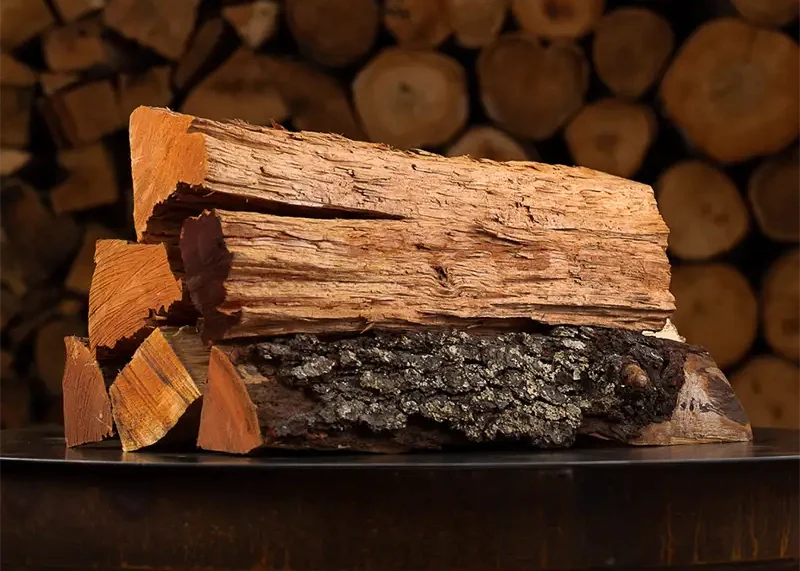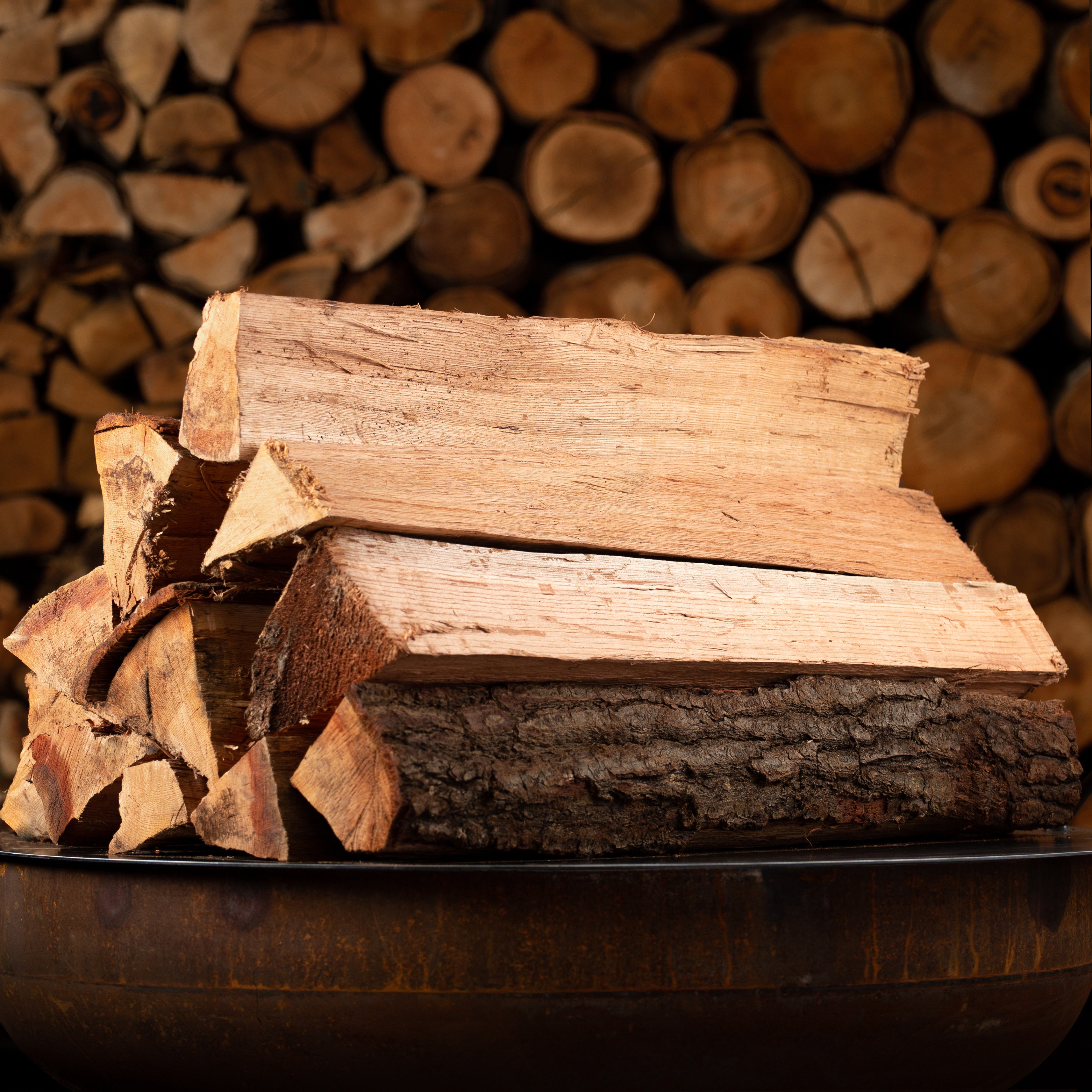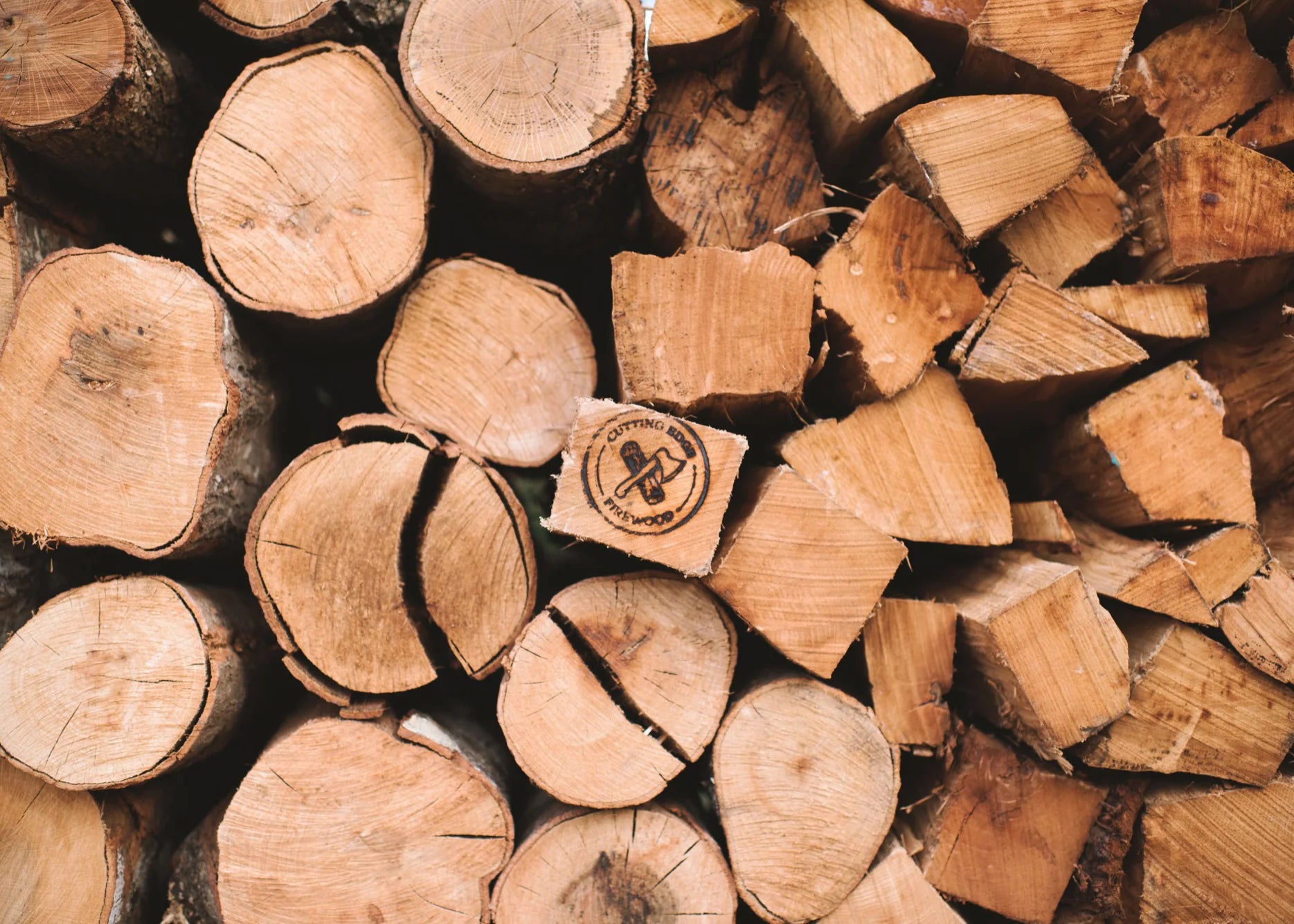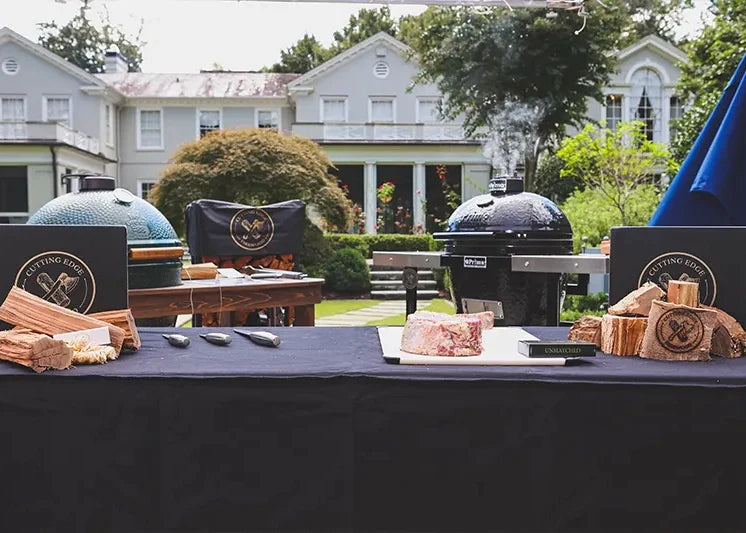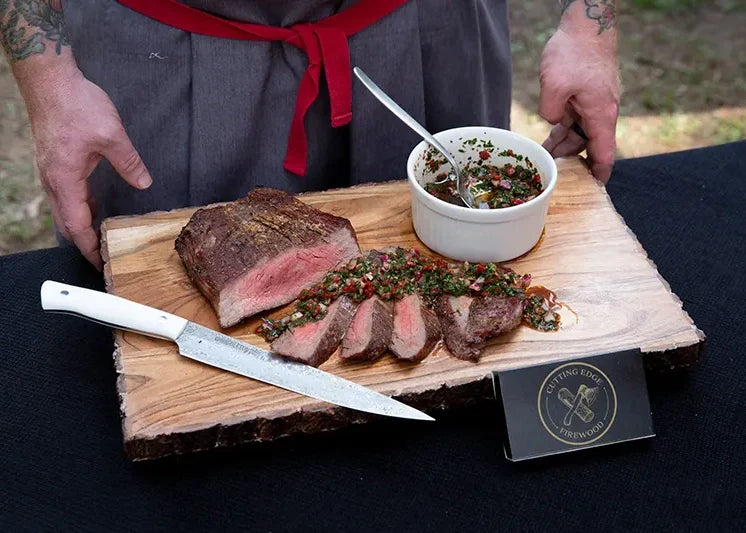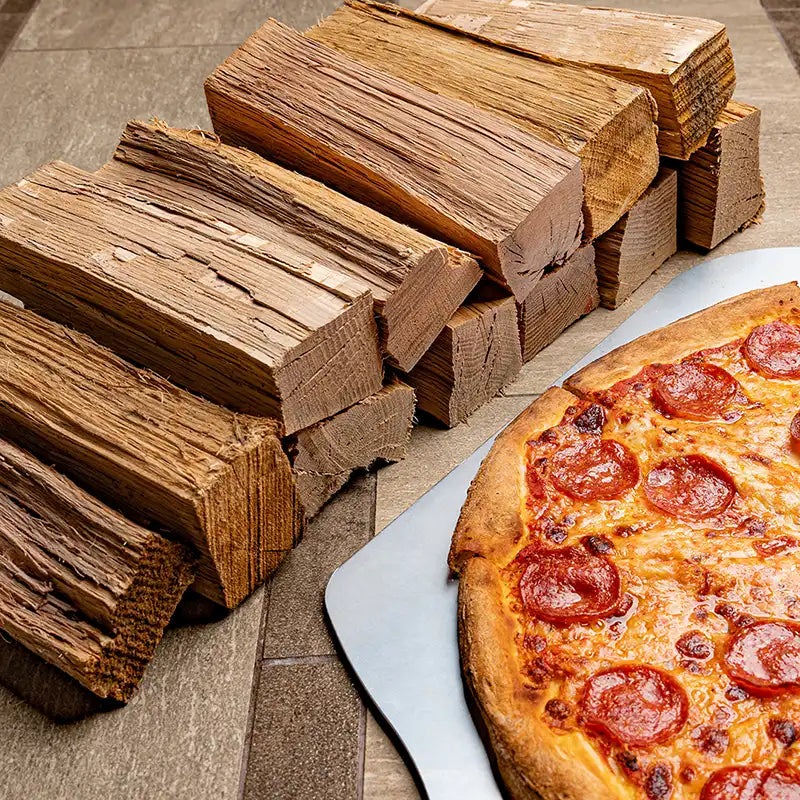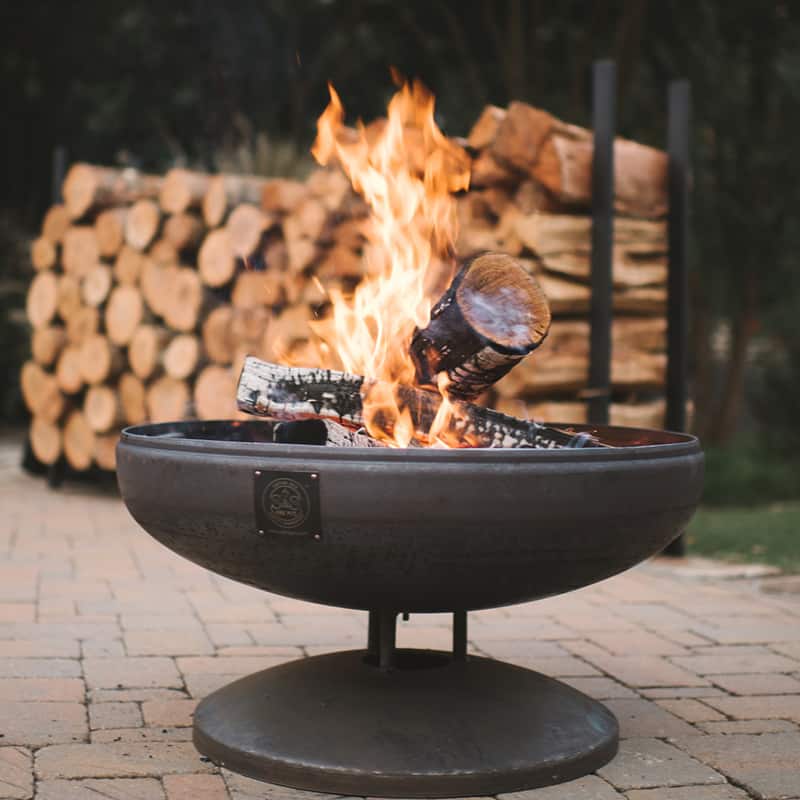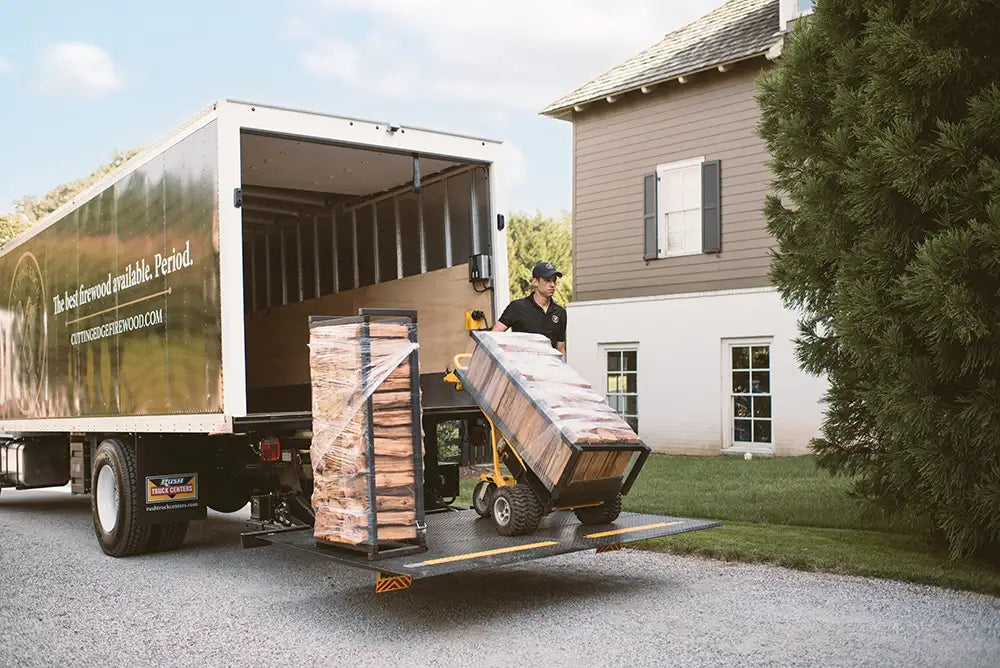Ask any seasoned camper and he or she will likely agree: Food tastes better when it's cooked outdoors over a campfire rather than indoors on the stove or in the oven.
Unfortunately, many people are unfamiliar with campfire cooking, resulting in lackluster meals. Whether you're going camping for a single night or an entire week, follow these seven tips to improve your campfire culinary activities.
#1) Prepare a Fire Ring
Before cooking over a campfire, you must first prepare a fire ring. Typically consisting of a ring of rocks surrounding a cleared area, it's used to contain fires. If you don't use a fire ring, your campfire may spread to nearby brush. Building your campfire in a fire ring, however, prevents this from happening by placing a physical barrier -- rocks -- between the fire and the brush. As a result, you'll have an easier time cooking over a campfire if you use a fire ring.
You won't always need to build a fire ring from scratch. Depending on where you are camping, you may have access to one or more existing fire rings used by previous campers. If there's an existing fire ring available, use it rather than building your own.
#2) Bring Your Own Cooking Wood
When cooking, you can't always rely on locally sourced wood with which to build your campfire. As explained by the National Park Service (NPS), many national parks prohibit campers from collecting and using locally sourced wood. This is because wood, even dead wood consisting of fallen tree limbs and branches, is vital to the natural landscape. It serves as a home for insects and wildlife while also protecting against erosion. If parks allowed campers to collect and use local wood, it would disturb both the native wildlife as well as the land itself.

You can still build a campfire when camping, but you need to bring your own wood. For the best flavor and aroma, bring high-quality cooking wood. Kiln-dried hickory, pecan, oak and cherry are some of the top choices of cooking wood. While each variety has its own unique characteristics, all of them will enhance the flavor of your campfire-cooked food while surrounding your campsite with a pleasant aroma in the process.
Here at Cutting Edge, we offer convenient boxes of cooking wood that pack easily in your vehicle and can go with you to the mountains, lake, beach, or wherever it is you plan to cook over an open fire. We can ship boxes of firewood to anywhere in the continental United States.
#3) Use a Campfire Cooking Grate
To grill food over a campfire, it's recommended that you use a campfire cooking grate. Also known simply as a camp grill, it's placed directly over a campfire to provide a surface on which to grill food. A typical campfire cooking grate looks like a small rectangular-shaped table. After building your campfire, you place it directly over the flame. You can then add your food to the grate, allowing it to cook just like it would with a traditional grill.
Of course, you can always use a grill when camping, but many people prefer the simplicity and convenience of using a campfire cooking grate instead. Campfire cooking grates are smaller and, therefore, easier to carry than full-sized grills. Some, in fact, feature a collapsible design, allowing you to carry them in a backpack.
Can't head out for a camping trip this weekend? Don't worry, you can experience authentic campfire cooking with our premier fire pits and cooking grates, available in our online store.
#4) Move Food During Flareups
To say campfires get hot would be an understatement. According to one report, the average temperature of a campfire is over 2,000 degrees Fahrenheit. With hot temperatures such as this, flareups are common when cooking meat over a campfire. The heat from your campfire will cause fat on and within meat to liquefy. As the fat turns to liquid, it will then drip onto the burning wood and embers below, resulting in a flareup.

If a flareup occurs, quickly move your meat to a different area of the cooking grate. Flareups generally only occur directly below the meat. By moving your meat to a different area of the cooking grate, it won't be exposed to the roaring flame that could otherwise cause it to dry out. Of course, you can move your meat back to its original position after the flareup has died down.
#5) Invest in a Cast-Iron Pan
While a campfire cooking grate is perfect for grilling steaks, chicken, pork chops and other types of meat, it's not ideal for cooking smaller foods like veggies or eggs. For smaller foods such as these, you'll need a pan -- and there's no better choice than a cast-iron pan.
Using a cast-iron pan, you can cook smaller foods without worrying about them falling through the grate and into your campfire. You'll still need to place the cast-iron on a grate (don't place it directly on the burning wood). Once placed on the grate, though, you can add veggies, fish, kebabs or other smaller foods to it.
Cast-iron pans offer several benefits over stainless steel pans, some of which include the following:
- Better heat retention
- Stronger and more durable
- Natural nonstick surface
- Free of harmful chemicals
- Easy to clean and maintain
- Inexpensive
- Adds iron to your food, which is an essential nutrient
The only disadvantage to using a cast-iron pan over a stainless steel pan is that it's more likely to rust. With that said, cast-iron pans usually won't rust all the way through. Over time, they'll develop a small amount of rust on the surface. It's not enough to affect the performance of the pan, nor will affect the flavor of your food.
#6) Oil the Grate or Pan Before Adding Food
Whether you're using a campfire cooking grate or a cast-iron pan to cook over a campfire, you should oil it before adding your food. If you don't use oil, your food may stick while it cooks. A small coat of oil will prevent your food from sticking by creating a slick, smooth cooking surface. If you don't use oil, your food may stick to the grate or pan. When this happens, it can turn an otherwise perfect meal into a cooking disaster.
To oil a campfire cooking grate or cast-iron pan, pour a small amount of high-heat oil onto a paper towel. Next, run this oil-soaked towel against the cooking surface. You don't have to use an entire bottle of oil. Rather, apply just enough to create a thin layer of oil.
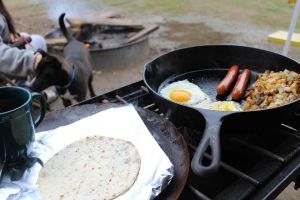
#7) Use Metal Utensils
Avoid using disposable plastic utensils when cooking food over a campfire. As previously mentioned, the temperature of a campfire can easily reach 2,000 degrees Fahrenheit, which is more than enough to melt even the sturdiest plastic utensils. If you use a plastic fork to flip your meat, for example, there's a good chance that it will melt. Not only is this frustrating, but it's dangerous. The melted plastic could land on your food, tainting it with toxic chemicals. And even it doesn't reach your food, it will still release harmful gases into the air.
To prevent melting, use metal utensils when cooking over a campfire. Metal utensils cost more than plastic utensils, but they can withstand greater heat. Furthermore, metal utensils are better for the environment since you can reuse them. Just remember to wash them using clean water -- don't use water from a lake or pond -- and dish soap.
What are you waiting for?
Now that you're prepared with these 7 tips for cooking over a Campfire, what are you waiting for? Delicious food awaits!
Make sure you give your food the best possible flavor by using our premium cooking wood - it's great for restaurants, residential, and the great outdoors. Cutting Edge Firewood offers a variety of high-quality smoking chunks and cooking wood, including white oak, hickory, cherry, pecan and whiskey, all of which will allow you to cook delicious meat.
